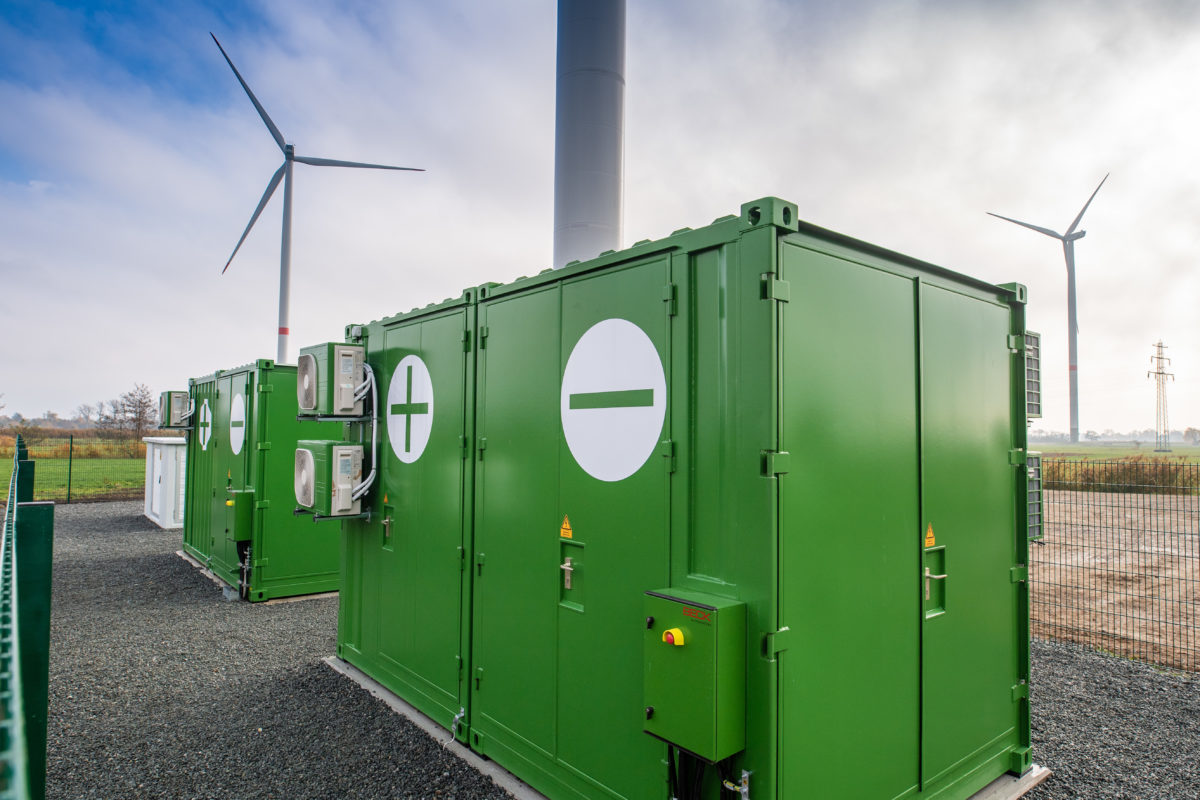From pv magazine India
State-level efforts will be crucial for India to make rapid progress in the uptake of utility-scale battery storage. Specifically, states with large load centers, such as Maharashtra and Rajasthan, will need to lead the way by making plans for utility-scale battery storage systems, according to a new report by the Institute for Energy Economics and Financial Analysis (IEEFA).
State-owned Solar Energy Corp. of India (SECI) has led the way by introducing multiple renewable energy plus battery storage auctions that mandate round-the-clock renewable power supplies. However, SECI’s efforts alone will not be enough to build the battery storage capacity needed for the Indian grid to handle large amounts of variable renewables, IEEFA said.
Time-of-day pricing mechanisms that differentiate between peak and off-peak power supplies will be critical to incentivize investment into such capital-intensive assets, IEEFA said. Additionally, states could offer viability gap funding (VGF) for battery storage, just as they did to support the growth of large solar parks a few years ago.
Grid integration will be one of India’s biggest challenges as it targets the deployment of 450 GW of large-scale variable renewables by 2030. Reaching this target from a current installed renewables capacity of 93 GW will require average annual capacity additions of 35 GW.
India could double its renewables capacity to 900 GW by 2040, according to the International Energy Agency’s (IEA) India Energy Outlook 2021. Currently, renewables account for about 10% of India’s total power generation, but this will increase to 31% by 2030 with 450 GW coming online.
As the share of variable renewables increases, India’s power system will have to evolve and modernize to respond to grid stability challenges, IEEFA said. There is a need for the accelerated deployment of utility-scale battery storage to accommodate this, it added.
The IEA said that India could have 140 GW to 200 GW of battery storage capacity by 2040. Success stories from Germany, Australia, and the United States show the way for India to integrate large-scale variable renewables into its power grid.
The cost of standalone lithium-ion battery storage systems globally has plummeted from $1,100/kWh in 2010 to $137/kWh in 2020. According to BloombergNEF (BNEF), costs will decline about 55% to $58/kWh by 2030.
In contrast to Australia, which is predominantly driven by market economics, the accelerated uptake of batteries in the U.S. market is being driven by state-level enforcement of battery storage requirements as well as subsidy support through tax credit incentives, IEEFA added. The states of California, Oregon, Massachusetts, New York, New Jersey, and Virginia have all set battery-storage capacity targets for state utilities.
This content is protected by copyright and may not be reused. If you want to cooperate with us and would like to reuse some of our content, please contact: editors@pv-magazine.com.




1 comment
By submitting this form you agree to pv magazine using your data for the purposes of publishing your comment.
Your personal data will only be disclosed or otherwise transmitted to third parties for the purposes of spam filtering or if this is necessary for technical maintenance of the website. Any other transfer to third parties will not take place unless this is justified on the basis of applicable data protection regulations or if pv magazine is legally obliged to do so.
You may revoke this consent at any time with effect for the future, in which case your personal data will be deleted immediately. Otherwise, your data will be deleted if pv magazine has processed your request or the purpose of data storage is fulfilled.
Further information on data privacy can be found in our Data Protection Policy.